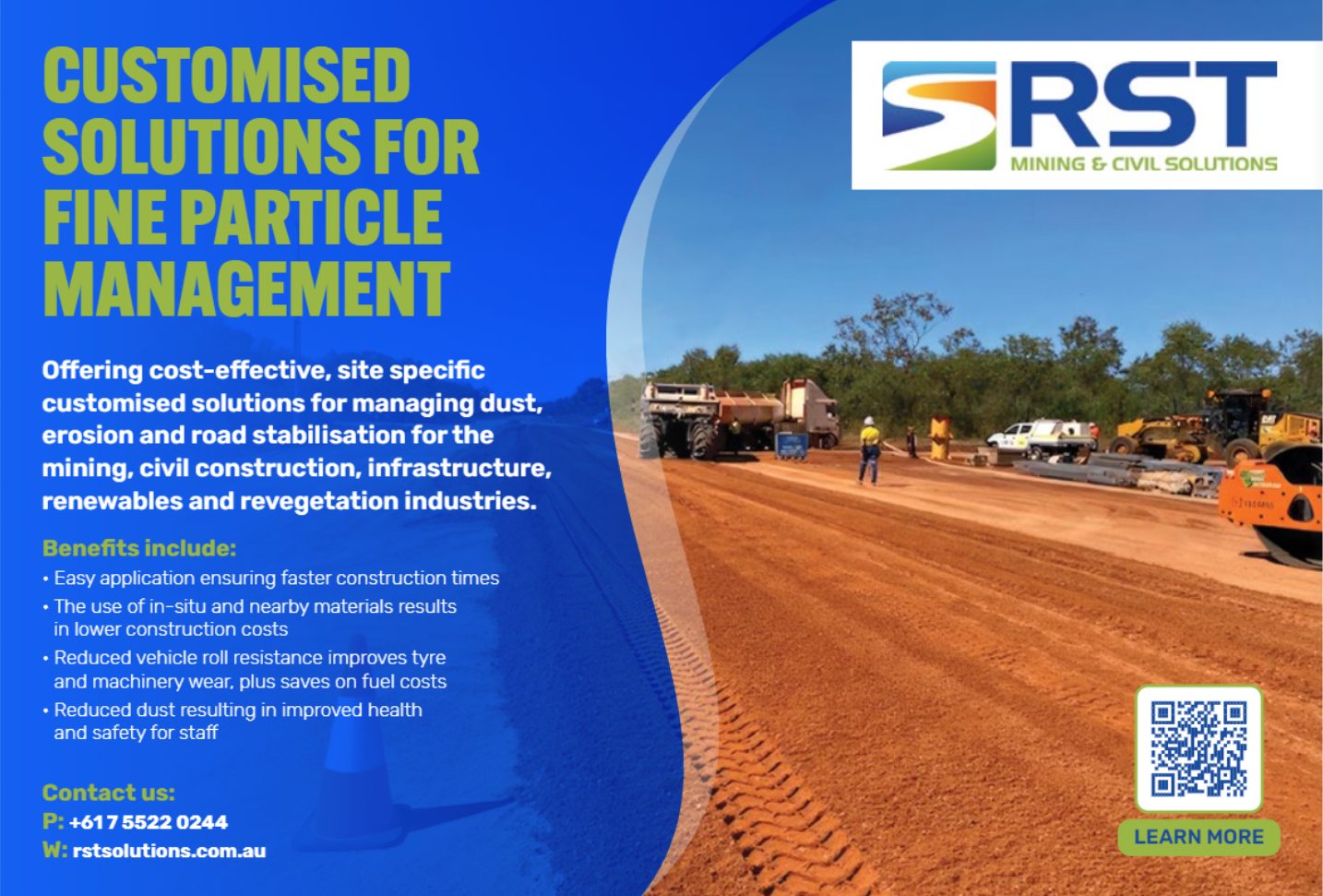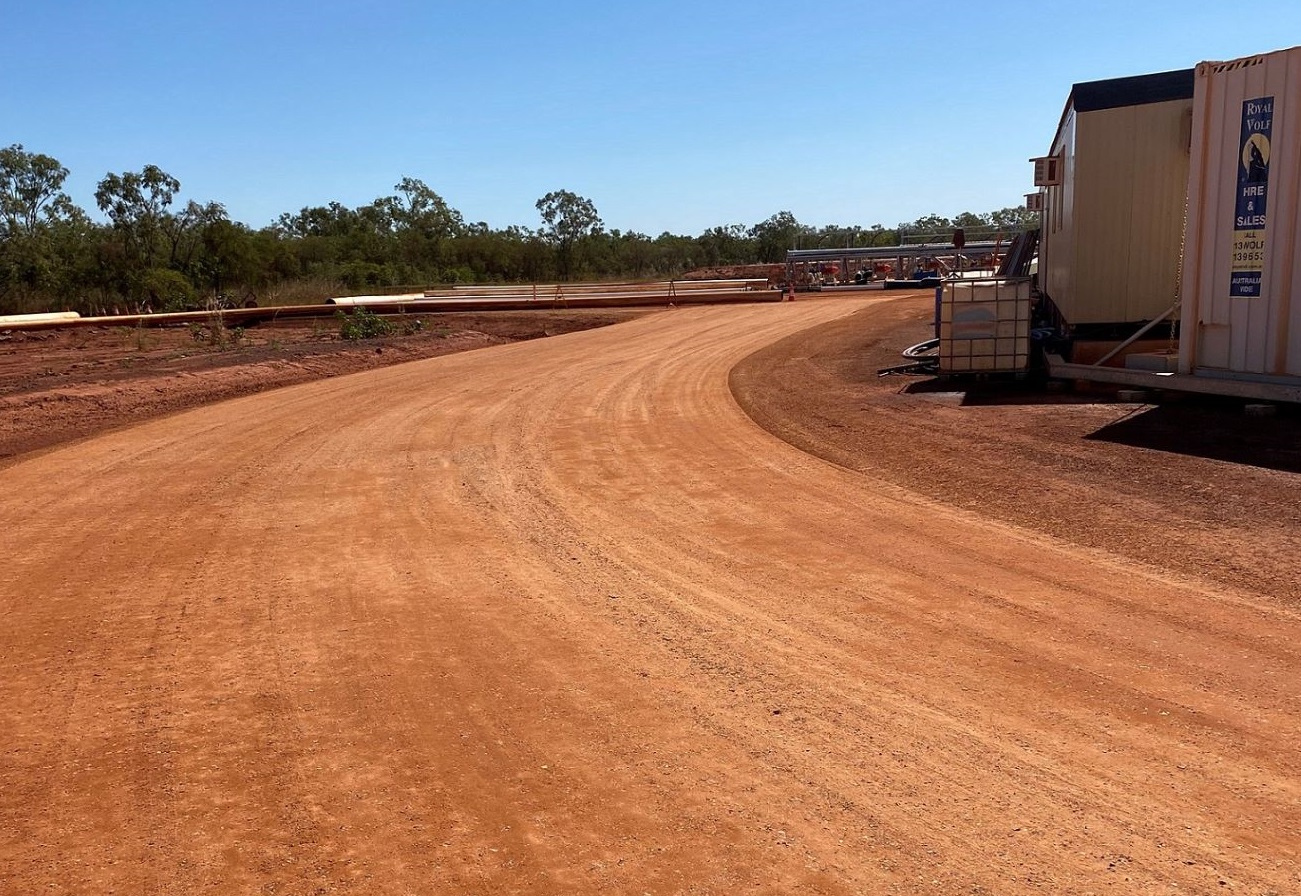The term construction dust is generally used in work sites to describe any type of particle or air-borne debris produced during a construction job. This dust poses a risk to health, as it can be breathed in by workers for as long as it remains airborne, and it may also pose an environmental hazard. In order to prevent injury or damage to the surrounding area, effective construction dust control is essential.
What different types of construction dust can be produced?
There are lots of different materials in use on a construction site, and different varieties of dust which are produced by this surface, for example:
- Silica dust – a natural material found in substances including granite, sand and stone, it is also common in mortar and concrete. Silica is released as fine dust during cutting, grinding or drilling materials.
- Wood dust – another common problem in a construction site, this comes from both softwood and hardwood. Products including chipboard and MDF can be the origins of wood dust.
- Non-silica dust – other products, including cement, marble and gypsum produce dust without a high level of silica. It can be found alongside silica dust in bricks and other compound products.
When dust starts to settle
There is no set time for dust to carry on in the air, and in fact it might be present for a long time. Heavier particles will not be able to stay in the air for very long, and these are the ones that people tend to see around the construction site. However, lighter dust may keep moving through the air for a lot longer, and may migrate into your respiratory system very easily. Larger particles might be caught by the nose and throat, but smaller particles potentially will carry on into the lungs.
Getting rid of construction site dust
The only way to ensure that dust is well managed is through effective construction dust control on the site. The first step should always be to use water to damp down the dust, making it too heavy to move far. Extraction systems should be considered in enclosed spaces, and there should also be outdoor cleaning machines which absorb dust out of the air and from the surfaces.



